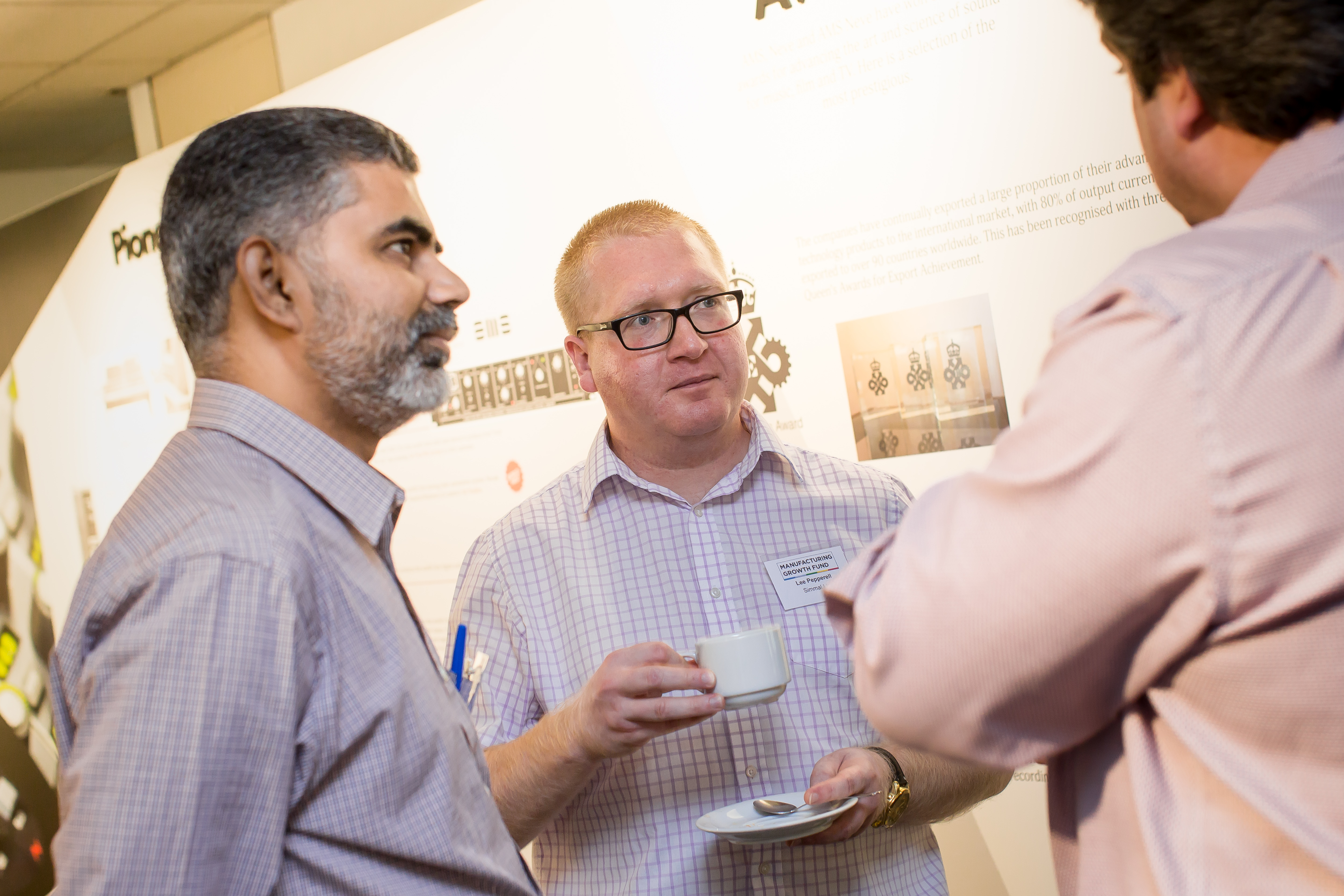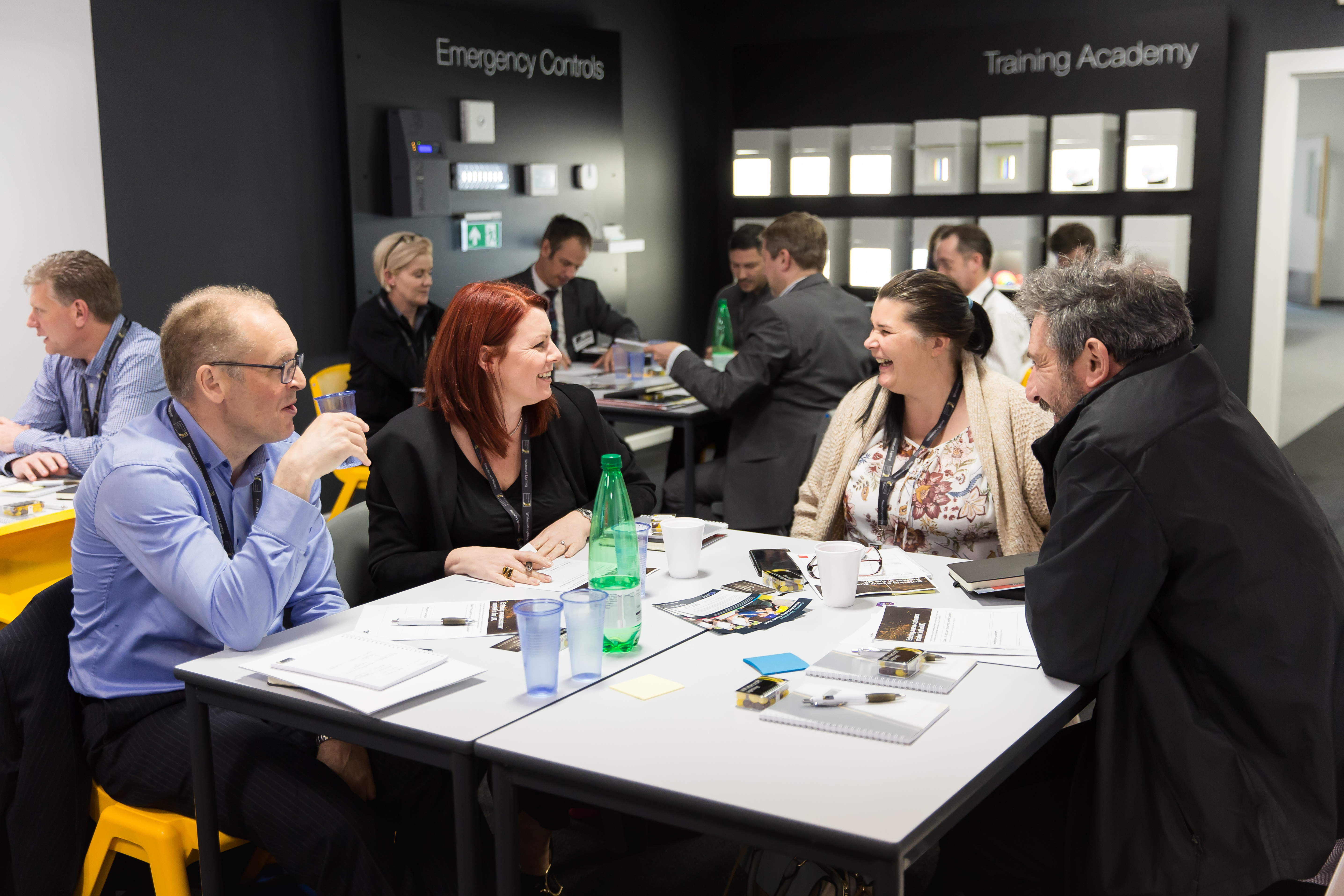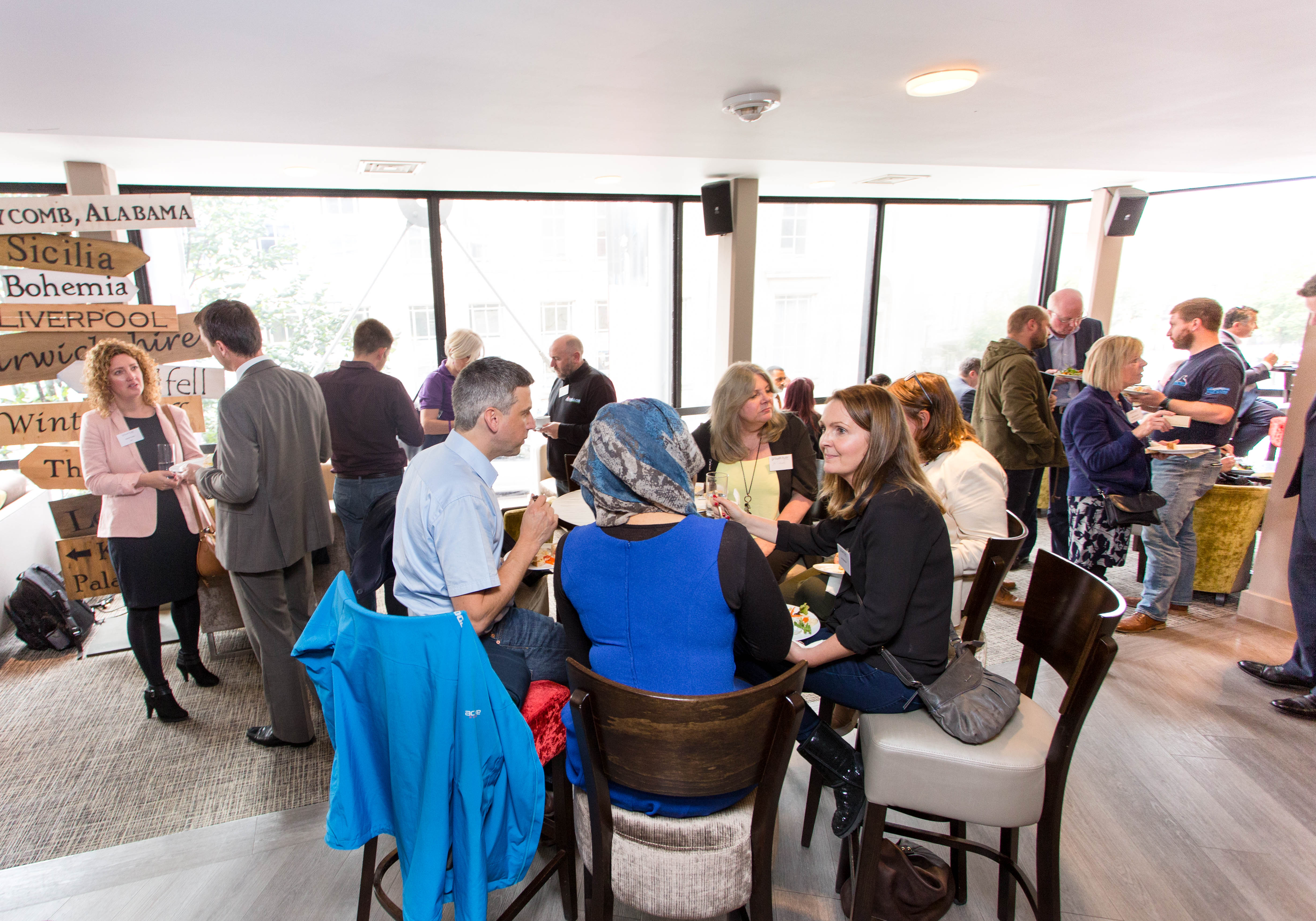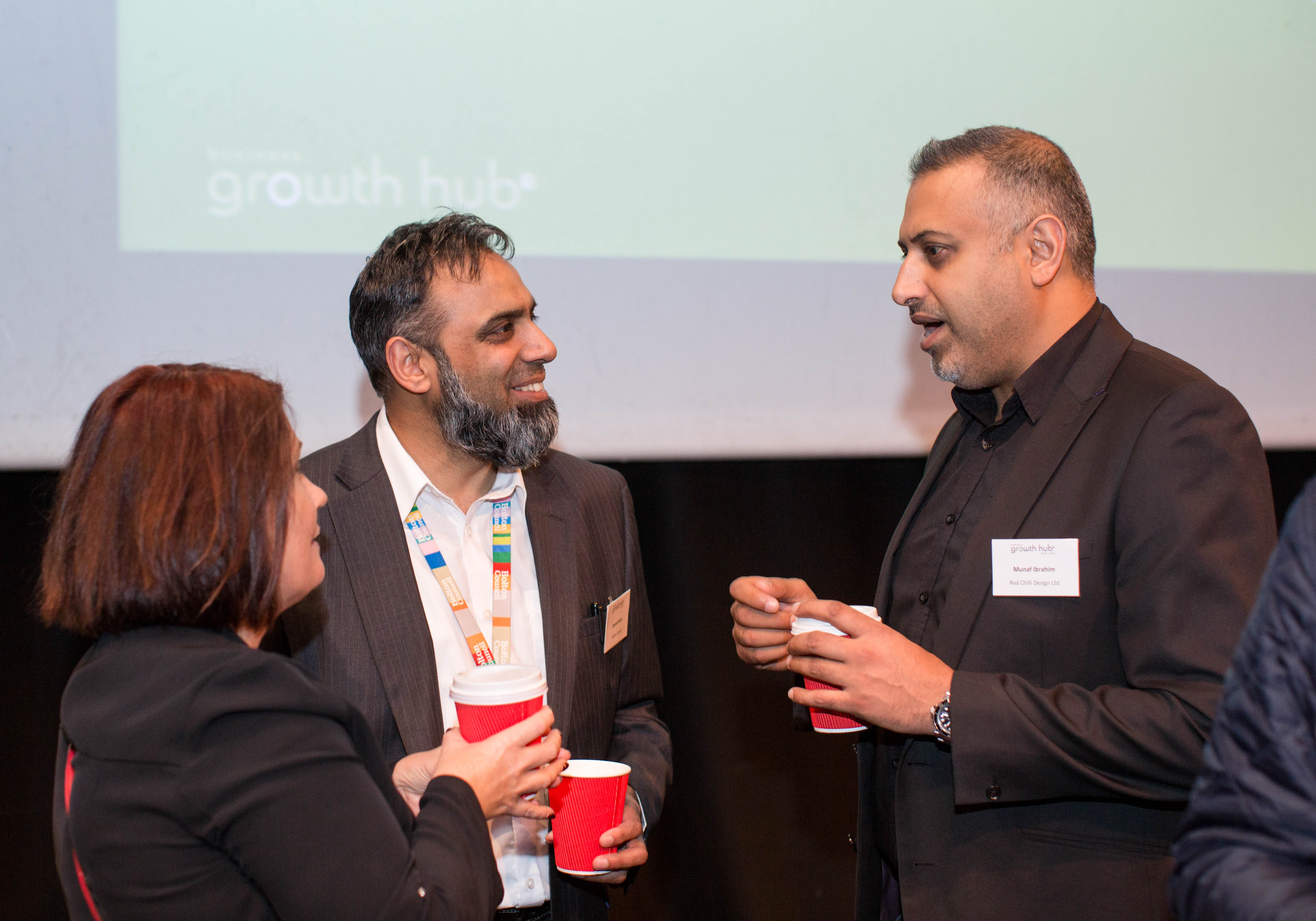Event Networking Toolkit
26 February 2020
In the modern digitally connected world do live events still hold the same authority they used to? The answer is yes! Live events have one great advantage; they give you a chance to meet prospective clients and partners face-to face.
However, whilst most companies recognise and measure the value of events they plan themselves, they often neglect external events that they only attend. This could be attributed to the fact that a majority of these externally-run events, are free networking events which impacts the perception of value that we associate with them. Now if we combine this with the considerably less amount of work required to attend events, as opposed to organising them, it is easy to understand why the two aren’t always held to the same standard.
In any case, setting your expectations lower can only lead to missed opportunities. It’s important to remember that you are dedicating your time which has a monetary value embedded in its core and therefore should always aim to maximise the impact of your attendance.
Capitalising on these interactions on the day, whether at a small workshop or a large event requires the same set of networking skills. To help you make the most out of event networking opportunities, we have created the list below with useful tips on how to best prepare.
Before the Event
- Set desired goals and outcomes.
Why are you attending the event? What do you wish to get out of it? (Is it the number or quality of business cards collected? Is it the number of meetings set? Is it pitching your business?) Having your end goals clearly defined will help you avoid wandering aimlessly. - Share on social media
Sharing events on social media is a great way to connect with your network, which is most probably made up of people with similar interests. In the case of exhibitions, it’s also a great way to let existing and new clients know where they could meet up with you.
Top Tip: When exhibiting at a large show, you can also promote your presence by adding a “Meet us on stand X” section in your newsletter or regular mailshot to your database. Don’t forget that large shows usually also provide exhibitors with bespoke banners with their stand details to be used in both email and social. In all cases, it’s useful to refer to the exhibitor marketing guide that most large expos will provide.
- Don’t forget the stationery!
Always remember to bring pens and a notepad and most importantly be sure to be carrying adequate business cards (and relevant collateral in the event that you are exhibiting).

During the Event



- Make sure you arrive early.
Arriving there later can be tempting, especially when it’s an early morning start or when you are busy at the office. This however, counteracts the aim of the event which is to network with fellow delegates. By arriving early, it is easier to strike up a conversation with someone, as people haven’t settled into groups yet.
- As people say, time is money.
Don’t waste time trying to identify who is the best person in the room to talk to, just go ahead and start chatting. As Nike say, just do it! Be careful though. Networking events are about meeting and interacting with a number of individuals. Don’t make the mistake of spending all your time on one person.
- Just like real-estate, networking is all about location, location, location!
A fantastic way to easily meet people is starting up a conversation while waiting in line (whether this is a registration line or a coffee line). The area at the end of the refreshments bar is also a prime location for meet-ups.
- Networking is not only about new clients and the now, but new partners and the future.
A lot of people often forget that networking is about building meaningful connections. Some of these may be with prospective clients which will lead to sales, but some others might be with people who can’t really offer you anything in the short term. This however, doesn’t make them any less of a valuable contact. Don’t overlook these and always remember to follow up.
- Business networking is not just about business
It is important to remember to stay clear of heavy sales pitches. However, you should always have your elevator pitch ready. Take some time prior to the event to note down 2-3 key Unique Selling Points (USPs) of your business that you can use during your conversations when appropriate. Remember not to write and memorise a script though. Conversations at networking events should be relaxed and organic.
- Once you’re in, you’re in
Make sure to be present when involved in a conversation and give your counterpart your full attention asking questions and prompting them to elaborate. It’s time to put your listening skills to the test. It might seem counterproductive to encourage others to talk rather that talking about yourself, but remember that showing genuine interest builds trust and can contribute to strong professional relationships
- Don’t just say it, show it
Body language is crucial at events. Always remember to smile and make eye-contact when speaking to someone. Also, avoid sitting with your arms crossed as this can give off unapproachable vibes.
- What can I do for you?
Networking is a two-way street. Don’t focus solely on what you can get but, be prepared to give. By being an enabler (introducing fellow delegates to each other if you feel they would benefit from the connection, recommending books, sharing tips etc.), you will make a good and lasting impression and people will feel more inclined to repay the favour.
- It’s written in the cards
Business card acquisition is possibly the holy grail of networking events and as such it should be treated with the utmost respect. In order to avoid ending up with misplaced, inconsistent and disorganised contact information, make sure to designate a pocket, envelope or card holder to store all cards collected during the event. It is also a good idea to allocate a separate location for your own cards to avoid any confusion.
Top Tips:
- As the day progresses you will probably meet a fair amount of people. Remember to take some time to note down key points of each conversation on the back of each person’s business card. This will facilitate your follow up afterwards.
- Always prefer to take someone else’s business card rather than just handing yours out. This will ensure you can follow up on a new connection without relying on them to do so.
After the Event
- Follow (Up) the leader
Perhaps networking’s golden rule of engagement is following up with the people you met. This should usually take place within 48h of the event and you should always opt for personalised emails (or messages on LinkedIn). In these, you could mention how you enjoyed meeting them, when you met, as well as something you talked about.
- Share your event experience on social media
For large events (exhibitions and conferences) it is also advised to engage with social during the events as well, utilising the official event hashtag to participate in the live online discussion. For smaller events, sharing pictures, comments and reflections afterwards can also help you increase exposure of your brand.
Top Tip: When the event has been a positive experience and you thank the organiser on social media in the majority if not all cases your post will be reshared by them. This will increase your company’s exposure even further as the post will be seen by their network of followers as well.
- Measure and review
Whether delivering or attending an event, you should always opt for a debrief afterwards. In the case of external events, this could include feedback on the audience (was your target audience present? Was it a well-attended event?), the number of potential leads and partners (these should be documented and tracked), as well as a summary of the learnings if this was a workshop or was a larger event featuring seminars (this summary can be shared with colleagues to ensure the entire team/organisation is benefiting and/or just serve as a point of reference for your professional development).
By reviewing the event (this does not have to be a rigid, lengthy, formal process, but should be fit for purpose) you will be able to establish whether you met your objectives and therefore should attend again in the future. Additionally, you will be in a much better position to manage the event outcomes, specifically leads and prospects gained and ensure these are converted to active customers.

In conclusion, when implementing the measures discussed above external events can provide an excellent platform for raising your brand awareness and can effectively contribute to new client and/or partner acquisition.